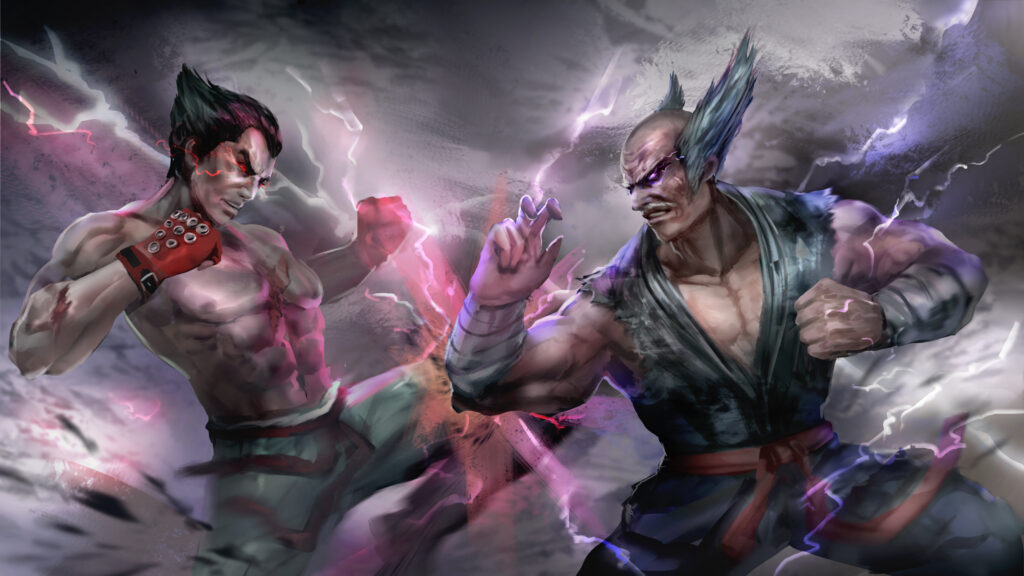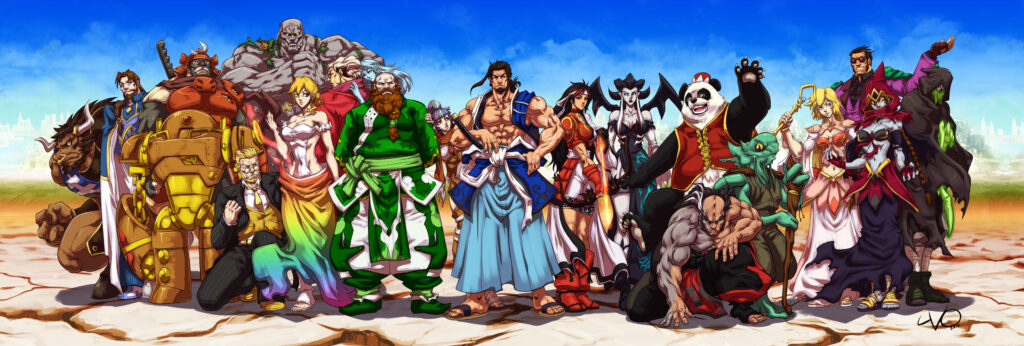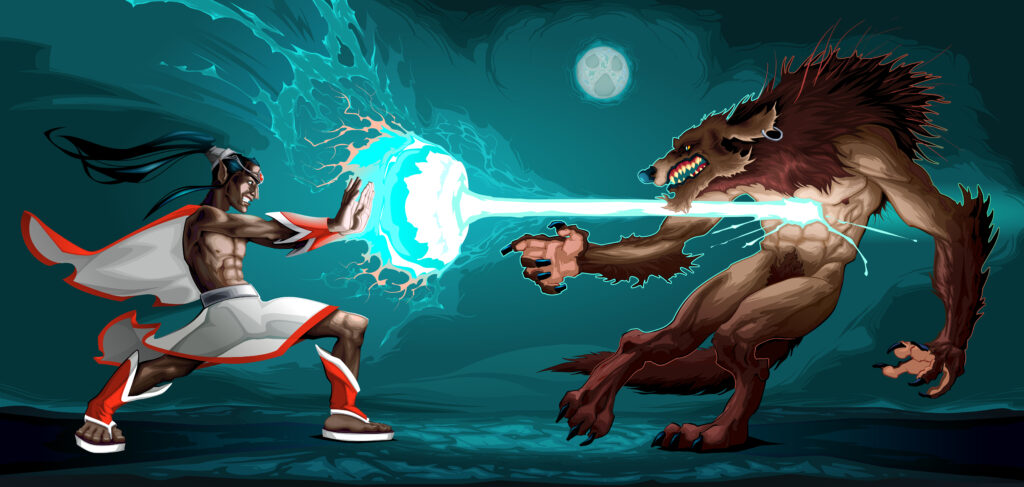The world of fighting games is a dynamic and visually captivating realm, particularly thriving on its impressive visuals and animation style. So if you want to learn how to animate a fighting game, this is the article for you.
Whether you’re a game developer or an aspiring animator, creating animations for a fighting game requires a unique set of skills and techniques. Today, we’ll explore the basic steps and considerations for animating a fighting game that looks visually stunning and provides a seamless and immersive gaming experience.
How to animate a fighting game: the basics
Before diving into the animation process, it’s crucial to have a solid understanding of the basic movements and mechanics of a fighting game.

Studying real-life martial arts movements and paying attention to the nuances of punches, kicks, and defensive maneuvers, can be a great help. This knowledge will serve as the foundation for creating realistic and impactful animations that resonate with players.
Additionally, it’s essential to familiarize yourself with the specific style and theme of the fighting game you are working on. Different martial arts disciplines exhibit distinct characteristics and aesthetics, influencing the overall visual identity of the game.
Understanding the contextual elements will help you tailor the animations to suit the game’s atmosphere. Defining what exactly this atmosphere is serves as the first and most important step in the entire process of how to animate a fighting game.
Consider the diverse range of characters within the game and their unique fighting styles. Each character may have specific traits, strengths, and weaknesses, influencing their movements and techniques.
Tailoring animations to match these individual characteristics adds depth and authenticity to the gaming experience, enhancing player immersion.

Concept and character design
As we mentioned, a successful fighting game animation starts with a well-defined concept.
Consider the characters, their unique fighting styles, and the overall theme of the game. Establishing a clear vision at the beginning will guide your animation process and ensure consistency in the visual elements throughout the game.
Once you have a solid concept for your game, the next crucial step is to delve into the character design. Each character should have a distinct personality, backstory, and unique abilities or fighting styles that contribute to the overall gameplay.
Pay attention to details such as the characters’ proportions, silhouettes, and color schemes. A visually appealing and easily recognizable design helps players quickly identify their chosen character and distinguish them from others during fast-paced gameplay.
Additionally, consider incorporating dynamic elements into the characters’ appearances, such as special effects, transformation sequences, or signature moves that can make the animations more captivating.

Tools and software programs
Choosing the right animation software and the right tools is crucial for creating smooth and realistic movements.
Popular animation software offers different features, tailored for specific types of game animation. Experiment with different tools to find the one that best suits your workflow and project requirements.
Adobe Animate, for example, is known for its versatility, providing a range of drawing and timeline features.
Toon Boom Harmony is preferred for its robust capabilities in both 2D and 3D animation, making it suitable for more advanced projects.
Spine, on the other hand, is renowned for its efficiency in skeletal animation, particularly beneficial for game development in the realm of 2D animation.
Keep in mind the compatibility of the software with your team’s collaboration needs. Some tools offer cloud-based collaboration features, facilitating seamless teamwork on animation projects.
It’s also essential to assess the software’s learning curve; choose a tool that aligns with your team’s proficiency or invest time in training to maximize its potential.
It is also very important to stay updated on software developments and industry trends, as advancements may introduce new features that can enhance your animation process.
Advanced tips on how to animate a fighting game
For starters, developing a well-organized animation pipeline is essential for efficiency and consistency.
Plan your workflow, including keyframe animation, in-betweening, and refining movements. Utilize sprite sheets or skeletal animation techniques, depending on the game engine you’re working with.
Another important aspect is that the success of a fighting game lies in the precise timing and pacing of movements.
Pay attention to the speed of punches, the weight of kicks, and the fluidity of transitions between actions. Experiment with different timing scenarios to find the balance that feels most dynamic and engaging.
You can also enhance the visual impact of your fighting game animations by incorporating dynamic visual effects.
Implement particle effects for punches, kicks, and special moves to make the combat sequences more visually stunning. Well-executed visual effects can elevate the overall gaming experience and leave a lasting impression on players.
Finally, regular testing and iteration are key to refining your animations.
Gather feedback from playtesters, fellow developers, or online communities to identify areas for improvement. Continuously refine and polish your animations to ensure they align with the overall game design and player expectations.

How to animate a fighting game: final considerations
Learning how to animate a fighting game is a challenging yet rewarding endeavor that requires a combination of technical skill, creativity, and attention to detail.
By understanding the fundamentals, utilizing the right tools, and focusing on impactful visuals, you can bring your characters and combat sequences to life in a way that captivates players and makes your game truly stand out in the competitive world of video game design.
We here at Main Leaf, during our 12 years of activity in the game development industry, have seen the evolution of fighting games, and they are often at the forefront of revolutions in animation techniques and technologies.
If you liked this article, check out our blog, where you can find many others relating to the world of video games and video game development.

